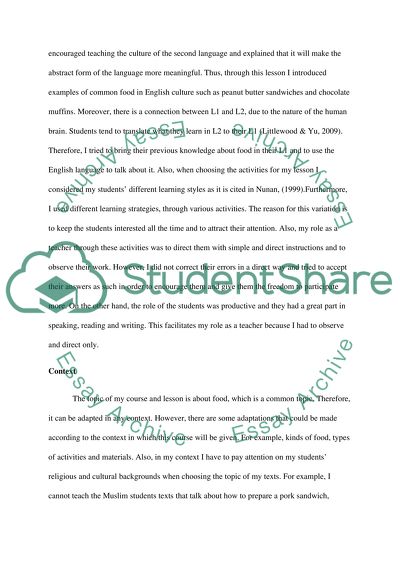Cite this document
(“Mithodology and planning Essay Example | Topics and Well Written Essays - 1750 words”, n.d.)
Retrieved from https://studentshare.org/other/1424574-mithodology-and-planning
Retrieved from https://studentshare.org/other/1424574-mithodology-and-planning
(Mithodology and Planning Essay Example | Topics and Well Written Essays - 1750 Words)
https://studentshare.org/other/1424574-mithodology-and-planning.
https://studentshare.org/other/1424574-mithodology-and-planning.
“Mithodology and Planning Essay Example | Topics and Well Written Essays - 1750 Words”, n.d. https://studentshare.org/other/1424574-mithodology-and-planning.


